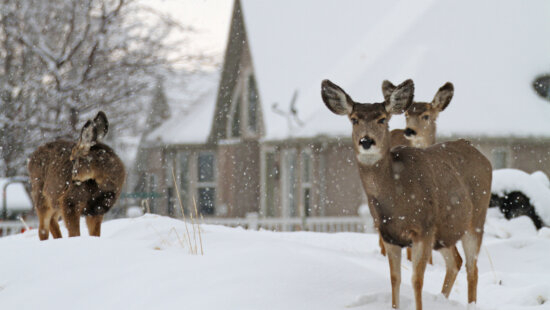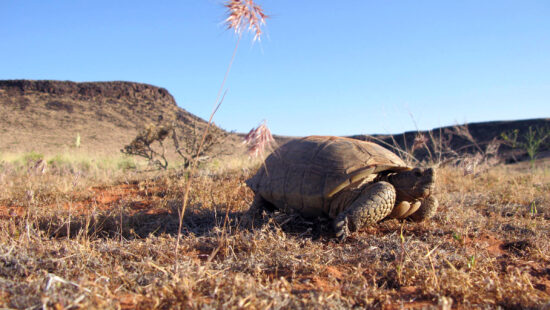Environment
Avian flu spreading in Utah, thousands of birds affected

DWR biologists have confirmed that roughly 15,000 to 20,000 eared grebes have died along the Great Salt Lake, primarily due to avian influenza. Photo: DWR
SALT LAKE CITY, Utah – The Utah Division of Wildlife Resources (DWR) has confirmed the spread of highly pathogenic avian influenza (HPAI) to several new counties since November 2024, marking an increase in cases after nearly a year-long lull.
The virus, which has been present in Utah since April 2022, has now been detected in Box Elder, Emery, and San Juan counties, bringing the total number of affected counties to 16 since the outbreak began. Officials note that avian flu cases tend to spike during bird migration seasons in the spring and fall.
Impact on Utah’s Wildlife
Since November, 25 wild bird carcasses have tested positive for avian flu, with geese, hawks, gulls, owls, and eared grebes among the most affected species. The most alarming impact has been seen in eared grebes, with an estimated 15,000 to 20,000 dead along the Great Salt Lake. However, DWR officials say this number, while high, is not expected to significantly impact the overall grebe population, as roughly 4 million migrate through the lake each year.
“The salinity of the Great Salt Lake almost ‘pickles’ the carcasses, so they don’t decompose or get scavenged like they would in a freshwater environment,” said DWR Great Salt Lake Ecosystem Program Manager John Luft. “The birds will likely continue to wash ashore in the coming months.”
Avian Flu Cases in Utah
Since 2022, 122 wild birds, along with a mountain lion, skunks, and three red foxes, have tested positive for avian flu in Utah. The latest detections have been reported in the following counties:
- Box Elder
- Cache
- Carbon
- Davis
- Emery
- Millard
- Salt Lake
- San Juan
- Tooele
- Weber
What You Need to Know
HPAI is highly contagious among birds, particularly affecting waterfowl, raptors, scavengers, and shorebirds. While it typically does not impact songbirds, officials urge caution around domestic poultry, as the virus can spread through contaminated shoes, vehicles, or equipment.
The DWR advises not handling dead birds and reporting any groups of five or more dead waterfowl or shorebirds or any dead raptors or scavengers to the nearest DWR office for testing.
“The outbreak is still ongoing, so we are continuing to monitor its impact on wild bird populations,” said DWR Veterinarian Ginger Stout.
For more information or to report avian flu in domestic birds, residents should contact the Utah Department of Agriculture and Food. The latest updates on avian flu cases in wildlife can be found on the DWR website.
Can Humans Get Avian Flu?
Yes, humans can contract highly pathogenic avian influenza (HPAI), but infections are extremely rare and typically occur through direct contact with infected birds or contaminated environments.
The virus spreads primarily through:
- Close contact with infected birds (handling sick or dead birds, working with poultry).
- Exposure to contaminated surfaces (bird droppings, feathers, or feed).
- Inhalation of virus particles in bird feces or secretions.
Human-to-human transmission is very rare and has not led to sustained outbreaks. Most human cases have involved people who work with poultry or have direct exposure to infected birds.




















